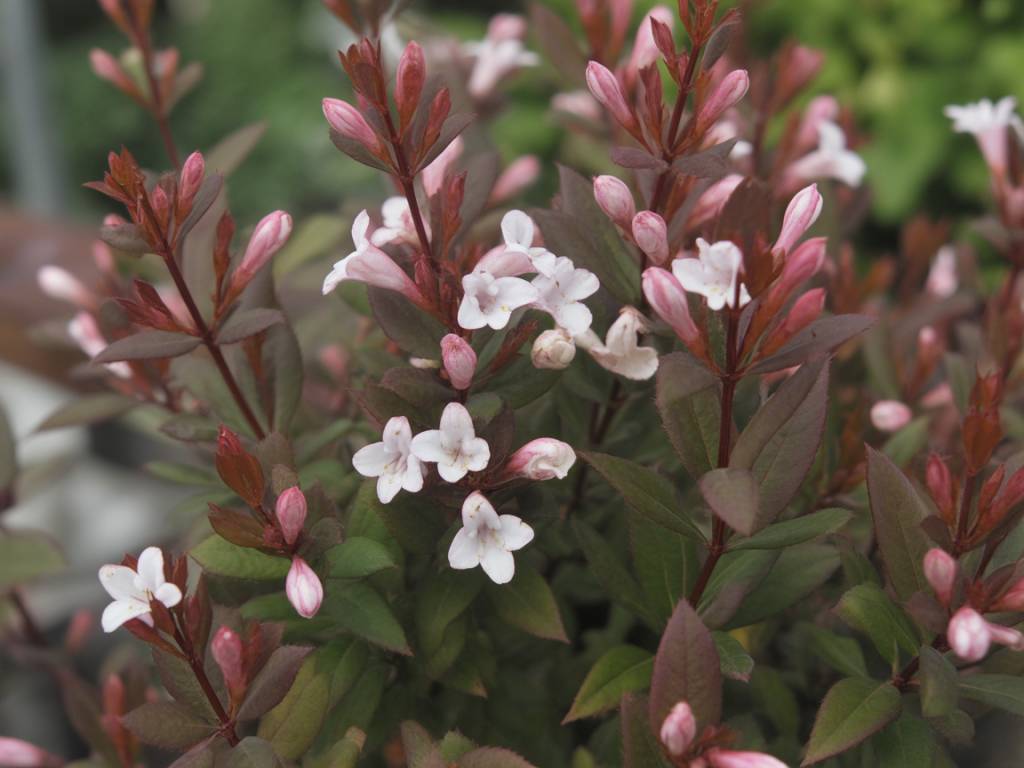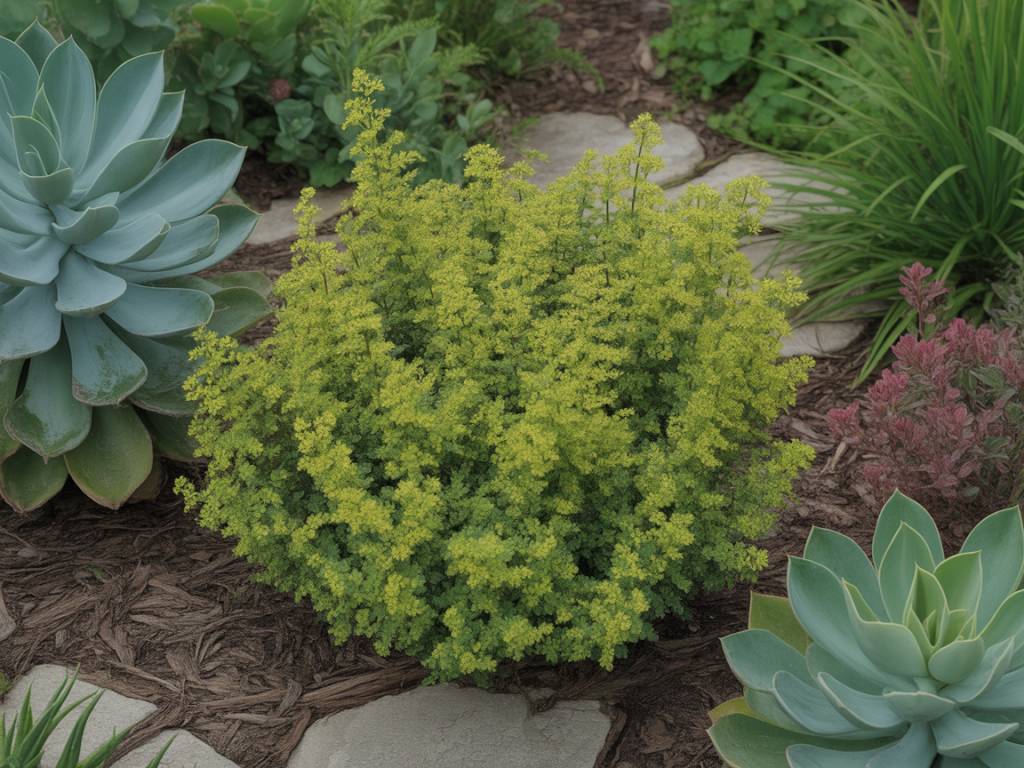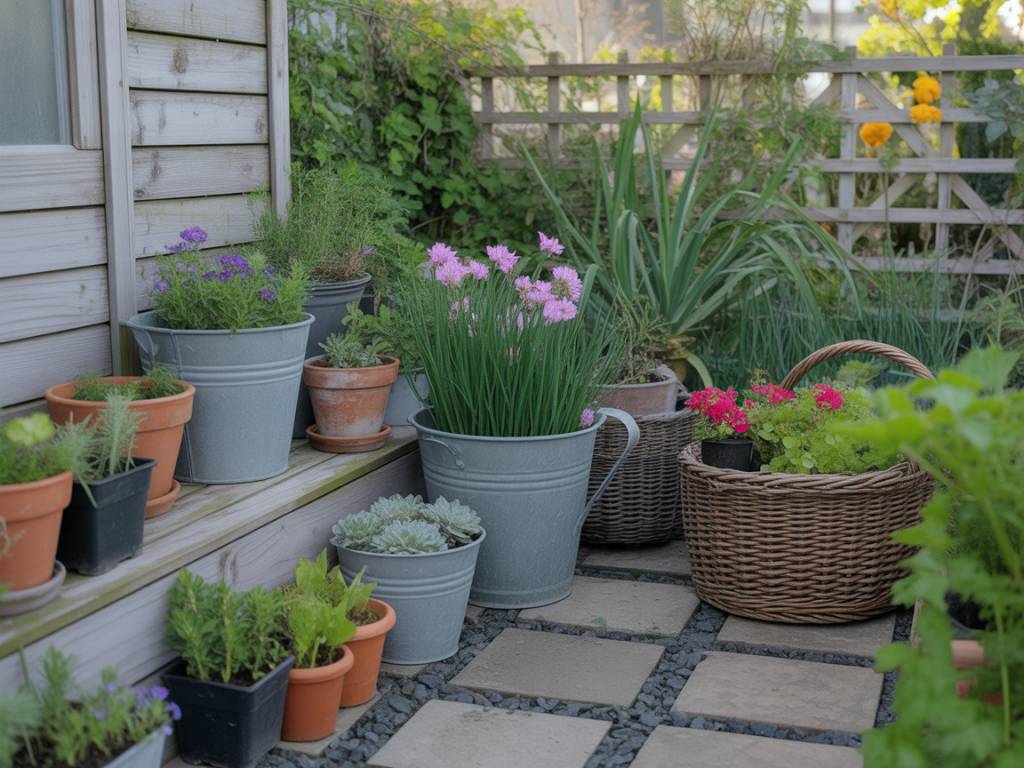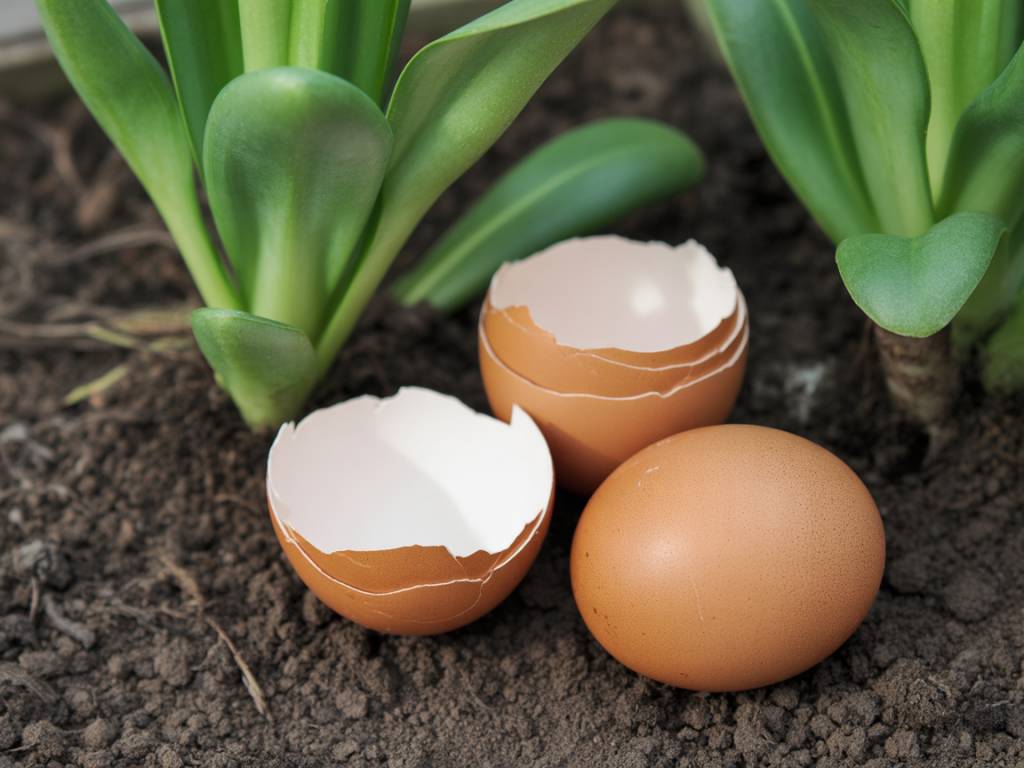The quiet magic of Abelia in a small UK garden
There are some plants that behave like loud guests at a party, demanding all the attention. And then there’s Abelia – quietly radiant, long-flowering, and wonderfully well-behaved. In a small UK garden, where every square metre must work hard, Abelia can be a gentle star, offering colour from late spring right through to autumn (and sometimes beyond).
The secret to getting the very best from it? Thoughtful pruning. Not drastic hacking, not endless faffing – just a few well-timed snips that keep it flowering, shapely and full of life for years.
Why Abelia is perfect for a small UK garden
Abelia is a compact, semi-evergreen shrub with arching stems and delicate, scented flowers – usually white, pink or blush. It’s naturally neat, which already makes it a good candidate for smaller gardens, courtyards or even large containers.
For a small UK garden, Abelia has several quiet superpowers:
- Long flowering season: Many varieties bloom from early summer into autumn.
- Subtle scent: The flowers are lightly fragrant, lovely near a seating area or path.
- Attractive foliage: New growth can be bronze, copper or pink, and some cultivars have variegated or golden leaves that glow in low light.
- Pollinator-friendly: Bees and butterflies adore the flowers.
- Compact habit: Most stay within 1–1.5 m, especially with gentle shaping.
In other words, it gives a lot of colour and texture without gobbling up space – ideal if your garden is more “pocket handkerchief” than “country estate”.
Understanding how Abelia grows and flowers
To prune well, it’s helpful to know where the flowers appear. Abelia typically:
- Produces flowers on new growth made in spring and early summer.
- Forms a twiggy framework of older stems that support this new growth.
- Keeps its leaves in mild winters (semi-evergreen), but may drop more foliage in exposed or colder spots.
This means our pruning aim is simple: remove some of the older wood to encourage fresh new shoots, while keeping a graceful arching shape.
When to prune Abelia in the UK
Timing is everything if you want that long, generous flush of colour.
- Main pruning time: Late winter to early spring, usually late February to early April in most of the UK, once the worst frost has passed.
- Light tidy-up: After the main flowering flush in late summer, you can do a minimal cosmetic trim if necessary, but avoid heavy cutting then.
Pruning too early in winter risks frost damage to tender new shoots. Pruning too late in spring can mean you cut away potential flowering wood. Aim for that sweet spot when buds are just starting to swell but growth is not in full swing yet.
Tools and a gentle approach
You won’t need a shed full of equipment – just:
- Sharp, clean secateurs for thinner stems.
- A small pair of loppers for older, thicker branches.
- An optional hand saw for very old, woody stems on mature shrubs.
Think of pruning Abelia as editing, not chopping. Each cut should have a purpose: to remove something dead, crossing, or simply too dominant.
Pruning a young Abelia: setting the stage
If your Abelia is newly planted or only a year or two old, the goal is to:
- Encourage a strong, open framework of stems.
- Prevent it becoming leggy and bare at the base.
In the first couple of springs after planting:
- Shorten the longest stems by about one-third, cutting to an outward-facing bud. This encourages bushiness without spoiling the natural arch.
- Remove any weak, spindly shoots right at the base.
- Keep the centre from becoming congested by taking out one or two stems that are growing inward.
This early care pays off later, giving you a plant that keeps its elegance even in a small space.
Annual pruning for long-lasting colour
Once your Abelia is established (from around its third year), a gentle annual routine is all it needs. Here’s a simple step-by-step guide for late winter or early spring:
1. Start with a good look
Stand back and look at the shrub from a few angles. Where is it too dense? Are there any crossing stems? Is it leaning into a path or crowding a neighbour?
2. Remove dead, damaged or diseased wood
- Cut these stems out completely, down to healthy wood or to the base.
- Make clean, angled cuts just above a bud or branch junction.
3. Thin out older stems
To keep the plant flowering well and looking fresh:
- Identify some of the oldest, thickest stems – often darker, more woody, sometimes less leafy.
- Remove about a quarter to a third of these at the base.
- This encourages new shoots from lower down, which will carry more flowers.
4. Shorten remaining stems to shape
- Lightly shorten the arching stems by up to one-third, if needed, to keep the shrub in bounds.
- Always cut just above an outward-facing bud to encourage an open, airy form.
5. Tidy the outline
In a small garden, shape matters. Aim for:
- A soft, domed or fountain-like form, not a perfect ball.
- No sharp “boxy” edges unless you are deliberately using it as a formal low hedge.
Finish by stepping back again. If you’re unsure whether to remove a stem, you can almost always leave it and reconsider next year.
Hard pruning and rejuvenation
If you’ve inherited an overgrown Abelia, or one that’s become bare at the base, don’t despair. They respond well to harder pruning if handled with care.
Gradual rejuvenation (best for most gardeners)
- Over 2–3 springs, remove up to one-third of the oldest stems each year, cutting them right down at the base.
- Lightly shorten the remaining stems to maintain shape.
This is kinder to the plant and maintains some colour each year.
Hard renovation (for very neglected shrubs)
- In early spring, cut all stems back to about 20–30 cm from the ground.
- Water and mulch well afterwards.
The shrub will usually reshoot strongly, but you may sacrifice flowering for that season. In a tiny garden, you might prefer the gentler, phased approach so you’re not without your soft veil of colour for a whole summer.
Shaping Abelia for small spaces
Because space is precious, the way you prune can help your Abelia blend rather than bully.
As a stand-alone shrub
- Keep it to a rounded mound, roughly 1–1.2 m high and wide (depending on the variety).
- Remove any stems that poke awkwardly or shade a treasured neighbour.
In a mixed border
- Prune so the arching stems lean slightly towards the front, allowing flowers to spill over lower plants or edging.
- Thin more heavily on the “back” side if the shrub faces a fence or wall.
In containers
- Choose naturally compact varieties (such as dwarf or variegated types).
- Prune more lightly, focusing on thinning and gentle shaping rather than removing large amounts of wood.
- Refresh the compost every couple of years and feed regularly to support regrowth after pruning.
As a low informal hedge
- Resist the urge to shear it flat like box hedge – this ruins the graceful habit and reduces flowering.
- Instead, prune each plant individually, shortening stems and thinning older wood, so the hedge reads as a soft, flowering ribbon.
Pruning for long-lasting colour, not just shape
Pruning is only part of the story. To enjoy the full spectrum of Abelia’s charms for as long as possible, it helps to think about:
1. Choosing the right variety
- Abelia × grandiflora – classic, arching habit, masses of white to blush flowers.
- ‘Kaleidoscope’ – wonderful foliage that shifts from green and yellow to orange and red tones.
- ‘Edward Goucher’ – soft pink flowers, slightly smaller and neat.
A variety with colourful or variegated leaves ensures interest even when flowers are taking a pause.
2. Light and position
- Plant Abelia in full sun or light partial shade for the best flowering and foliage colour.
- In deeper shade, the plant may become leggy and flower less, even with perfect pruning.
3. Feeding and soil
- In spring, after pruning, apply a balanced, slow-release fertilizer around the base.
- Mulch with garden compost or well-rotted manure to keep roots cool and moist.
Well-fed plants respond better to pruning, producing strong, colourful new growth that carries more flowers.
4. Watering in dry spells
- Abelia is fairly drought-tolerant once established, but prolonged dryness can reduce flowering.
- In very dry summers, especially in pots or tiny urban gardens, deep watering once a week is more helpful than a daily sprinkle.
Seasonal Abelia care calendar for UK gardens
A simple, season-by-season rhythm keeps your shrub in its best clothes.
Spring (February–April)
- Carry out your main pruning: thin old stems, shape lightly.
- Feed with a balanced fertilizer and mulch.
- Check for winter damage and remove any frosted tips.
Summer (May–August)
- Enjoy the flowers – this is when Abelia comes into its own.
- Deadheading isn’t essential, but you can snip off any brown flower clusters if they bother you.
- Water in dry spells, particularly for container-grown plants.
Autumn (September–November)
- Some varieties continue to flower well into autumn; simply admire the show.
- Remove any obviously dead or broken shoots caused by wind, but avoid major pruning now.
- Top up mulch to protect roots in colder regions.
Winter (December–January)
- In very cold snaps, Abelia may drop more leaves – this is normal.
- Resist the urge to prune heavily yet; wait until late winter or early spring.
- If in a pot, ensure good drainage and consider a bit of fleece in exposed sites.
Common pruning mistakes to avoid
Even experienced gardeners have moments with secateurs they later regret. Here are some pitfalls to sidestep:
- Shearing into a tight ball or box: This spoils the natural arching habit and reduces flowering shoots.
- Cutting everything back hard every year: Abelia doesn’t need annual “stooling”; better to selectively remove older stems.
- Pruning at the wrong time: Heavy pruning in late summer or autumn can reduce next year’s show and encourage soft growth vulnerable to frost.
- Ignoring the interior: Only shortening the outer stems leads to a congested, twiggy centre. Always remove a few older stems from within.
- Forgetting to feed and mulch: After pruning, your shrub benefits from a little extra support to fuel fresh growth.
A small ritual with big rewards
Pruning Abelia doesn’t need to become a grand project. It can be a gentle, once-a-year ritual: a quiet afternoon, a pair of sharp secateurs, and a little time spent really looking at your plant. In a small UK garden, these mindful moments matter as much as the flowers themselves.
With a light, selective touch, your Abelia will repay you with arching stems sprinkled in blossom, foliage that catches the low sun, and a sense of continuity from one season to the next. It’s a reminder that, in a small space, the most modest shrub can become a long-lasting thread of colour – as long as we listen to what it needs, and prune with both intention and kindness.





